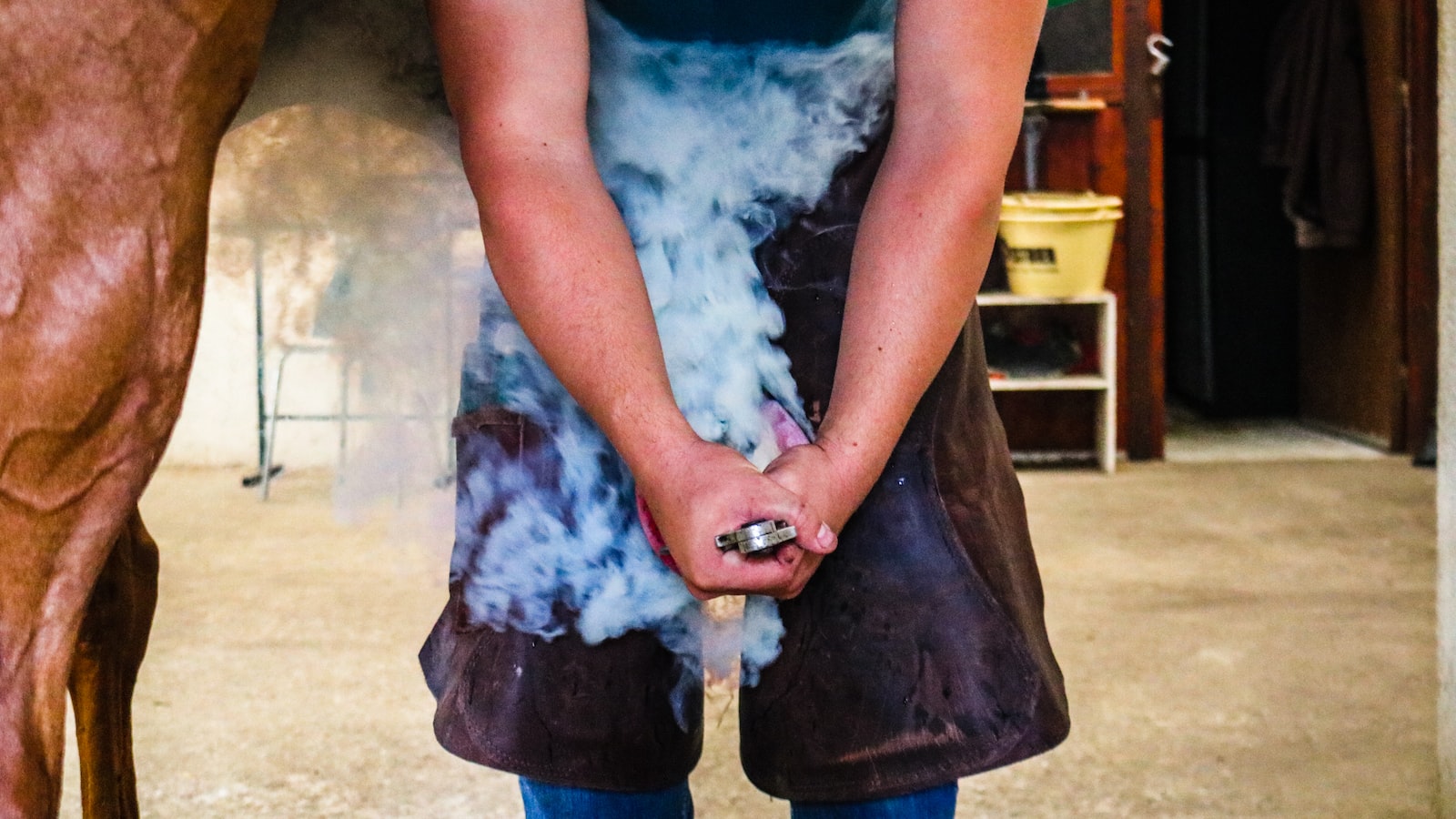Delicately nestled amidst the verdant tapestry of nature’s most bountiful offerings, the fig tree stands as a perennial symbol of abundance and timeless allure. Revered throughout the ages for its mouthwatering fruits and captivating foliage, this majestic tree has managed to forge an unbreakable bond with mankind since antiquity. With its rich history steeped in both myth and enchantment, the fig tree continues to bewitch and beguile, enticing green thumbs from all corners of the globe. But oh, how delightful it would be to cultivate these magnificent marvels from the comfort of your own garden! Fear not, for through the gentle art of taking fig tree cuttings, you shall soon embark upon a journey of horticultural mastery. In this article, we shall unravel the ancient secrets and unveil the mystical techniques that will empower you to propagate your beloved fig tree offspring with finesse and finesse alone. So, gather your gardening tools and summon your inner botanist, as we explore the ethereal realms of the fig tree propagation, where the magic of nature eagerly awaits your touch.
Preparing the Cuttings: Essential Steps for Fig Tree Propagation
Step 1: Choosing the right cuttings is crucial when propagating fig trees. Look for healthy branches from the previous year’s growth, typically measuring around 6-8 inches in length. Make sure they have at least three nodes, which are the small bumps where the leaves used to be attached. These nodes are essential for root development.
Step 2: Prepare the cuttings by removing any leaves from the lower half of the stem. Leaving a few leaves at the top is fine as they will help with photosynthesis during the rooting process. Trim the bottom end of the cutting, just below a node, at a clean angle. This will increase the surface area for root formation.
| Features | Tips |
|---|---|
| Healthy branches | – Choose branches with no signs of diseases or pests. |
| Node presence | – Nodes are crucial for root development, aim for at least three on each cutting. |
| Leaf removal | – Remove the leaves on the lower half to stimulate root growth, leaving a few on top for photosynthesis. |
By following these essential steps, you’ll have a higher chance of success when propagating fig trees through cuttings. Remember to select healthy branches with sufficient nodes for root development. Additionally, take extra care when preparing the cuttings by removing lower leaves and making a clean angled cut at the base. These measures will help create the optimal conditions for your fig tree cuttings to root and thrive in their new environment. Happy propagating!

Choosing the Optimal Time and Location for Taking Fig Tree Cuttings
Taking fig tree cuttings is an exciting way to propagate your favorite fig varieties and expand your orchard. However, in order to ensure the success of your cuttings, it is crucial to choose the optimal time and location for this delicate process. By following these essential guidelines, you can maximize your chances of a thriving fig tree.
Timing is everything when it comes to taking fig tree cuttings. The ideal time for this process is during the dormant season, typically in late winter or early spring. This is when the fig tree is not actively growing, making it easier to take cuttings without causing too much stress to the plant. Additionally, choosing healthy and disease-free branches for your cuttings is vital. Look for branches that are one-year-old and have a pencil-like thickness, as they tend to root more successfully. Avoid branches with any signs of disease or damage, as this could negatively impact the success of your propagation.
When it comes to choosing a location for taking fig tree cuttings, it’s important to create the right conditions for rooting. A well-draining soil mix is essential to prevent waterlogging and promote healthy root growth. Consider using a mixture of peat moss, perlite, and vermiculite to ensure adequate drainage. Additionally, provide your cuttings with the right amount of sunlight and warmth. A bright, sheltered spot with dappled sunlight is ideal for rooting fig tree cuttings. Too much direct sunlight can cause the cuttings to dry out, while too little light may hinder their growth. By following these important guidelines, you can set the stage for successful fig tree propagation.
| Features/Tips | Description |
|---|---|
| Choose the right branches | Select one-year-old branches with a pencil-like thickness that are free from disease and damage. |
| Use an appropriate soil mix | Create a well-draining soil mixture using peat moss, perlite, and vermiculite to promote successful root growth. |
| Provide the right sunlight and warmth | Find a sheltered spot with dappled sunlight, avoiding excessive direct sunlight or shade, to ensure proper growth and prevent drying out. |

Techniques for Successful Fig Tree Cutting Collection
Cutting and propagating fig trees can be an exciting and rewarding experience for both seasoned gardeners and beginners alike. Successful fig tree cutting collection requires a combination of knowledge, skill, and patience. If you’re wondering how to take fig tree cuttings, here are some valuable techniques that can increase your chances of success:
- Choose the right time: Fig tree cuttings are best taken during their dormant season, which is typically in late winter or early spring. This is when the sap flow is reduced, making it easier for the cutting to establish roots.
- Find the perfect cutting: Look for robust and healthy branches, approximately pencil-thick in diameter. Avoid using branches that are diseased or damaged.
- Take the cutting: Using a sharp and clean pair of pruning shears, make a clean, slanted cut at a 45-degree angle, just below a node. Each cutting should be around 6-8 inches in length, with at least 2-3 nodes.
- Prepare the cutting: Remove any leaves from the lower half of the cutting, leaving only a few leaves at the top. Dip the cut end of the cutting in a rooting hormone to enhance root development.
- Choose proper propagation method: Fig tree cuttings can be propagated in water or in a suitable potting mix. For water propagation, place the cutting in a glass or jar filled with water, making sure the nodes are submerged. If using a potting mix, make a hole using a pencil or dibber, and gently insert the cutting about halfway into the soil.
- Maintain ideal conditions: Keep the cuttings in a warm and well-lit area, away from direct sunlight. Provide regular misting or light watering to maintain moisture levels. In a few weeks to several months, new roots should form, indicating successful propagation.
| Features | Tips |
|---|---|
| Right Time | Take cuttings during the dormant season. |
| Perfect Cutting | Select healthy branches, approximately pencil-thick in diameter. |
| Preparation | Remove lower leaves, dip cut end in rooting hormone. |

Maximizing Success: Proper Care and Maintenance of Fig Tree Cuttings
When it comes to taking fig tree cuttings, proper care and maintenance are crucial for maximizing success. Fig trees are not only beautiful additions to any garden or landscape, but they also provide delicious and nutritious fruit. In this post, we will share some essential tips and techniques to help you successfully propagate fig tree cuttings and ensure their healthy growth.
1. Choosing the Right Time: Timing is key when it comes to taking fig tree cuttings. Ideally, you should take the cuttings during the dormant season, which is usually in late winter or early spring. This is the time when the tree is not actively growing, making it easier for the cuttings to establish roots.
Features
- Dormant season is the best time for taking cuttings.
- Choosing healthy stems with green growth is vital.
- Using rooting hormones can promote better root development.
Tips
- Take cuttings from a healthy fig tree.
- Ensure each cutting has at least three nodes.
- Keep the cuttings moist but not overly wet.
2. Preparing the Cuttings: To increase the chances of success, select healthy stems with green growth. Each cutting should have at least three nodes, which are the small swollen areas on the stem where the leaves emerge. Remove any leaves from the bottom half of the cutting to prevent excessive moisture loss. Dip the bottom end of the cutting into a rooting hormone powder, which can enhance the development of roots and improve overall success rates.
By following these essential tips and techniques, you can greatly increase your chances of success when taking fig tree cuttings. Remember, patience and proper care are vital throughout the process. With a little diligence and attention to detail, you’ll be rewarded with vibrant and thriving fig trees that will surely delight both your eyes and taste buds.
Frequently Asked Questions
Q: Can I grow my own fig tree from cuttings?
A: Absolutely! Fig trees can be easily propagated from cuttings, allowing you to expand your figgy family tree.
Q: When is the best time to take fig tree cuttings?
A: The ideal time to take cuttings is during late winter or early spring, when the tree is dormant and the risk of transplant shock is minimal.
Q: What is the secret to successful fig tree propagation?
A: Patience and nurturing! Taking cuttings from semi-hardwood branches, ensuring they have at least three nodes, dipping them in rooting hormone, and planting them in a well-draining medium are all important steps. Don’t forget to shower your fledgling figs with love, warmth, and regular misting to boost their chances of thriving. As we conclude this guide on how to take fig tree cuttings, may we remind you of the incredible power that lies within your hands. The art of propagation is not just a mere horticultural hack, but rather a whispered secret passed down through generations. By harnessing nature’s wisdom, we become cultivators of life, stewarding the growth of fig trees with heartfelt dedication.
Remember, dear readers, that patience is the key in this green endeavor. Your cuttings may seem like mere twigs, but they hold the promise of an everlasting journey that transcends time. With each delicate snip, you embark on an adventure where you become the author of life.
Envision the future as you gently tuck each cutting into its nurturing soil, envision your very own fig tree flourishing gracefully, a testament to your tender care. And when the first signs of life emerge, delicate green buds unfurling, immerse yourself in a moment of quiet reverence, for you have orchestrated the miracle of nature.
In the weeks and months that follow, as your fig tree cuttings mature and flourish under your watchful gaze, let this be a testament to the unyielding resilience of life. Just as the fig tree takes root and expands its branches, so too will you grow in your knowledge and understanding of the natural world.
As we bid farewell, let us encourage you to share this newfound knowledge with others, for it is in the act of giving that we truly receive. By passing on the wisdom of fig tree propagation, you become an ambassador of nature’s intricate beauty, spreading the joy and wonder of these majestic trees.
So go forth, dear readers, armed with your newfound understanding and enriched by the beauty of this process. May you create a tapestry of thriving fig trees, a sanctuary of shade and sweetness that dances among the whispers of the wind. And in all your future endeavors, remember the silent bond between your hands and the earth as you continue to shape the extraordinary story of life.
- When to Put Weed and Feed on Lawn in Michigan - October 16, 2023
- When to Fertilize Potatoes Plants - October 16, 2023
- Can You Plant Clover in the Spring - October 16, 2023

